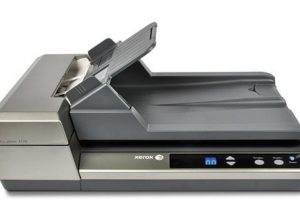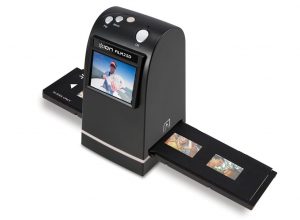Contents
Why Digitize Your Old Photos?
Physical photographs deteriorate over time due to environmental factors like humidity, light exposure, and improper storage. Digitizing these precious memories creates a permanent backup and allows for easy sharing with family members across generations. The aging process of traditional photos, known as photo degradation, occurs through chemical reactions that break down the image-forming silver halides and dyes, leading to color shifting, fading, and eventual image loss.
Modern digital preservation offers multiple layers of protection through redundant storage systems, cloud backups, and the ability to create multiple high-resolution copies without quality loss. Unlike physical albums that may suffer from adhesive deterioration or page brittleness, digital archives maintain their integrity indefinitely when properly managed.
| Preservation Factor | Physical Photos | Digital Copies |
|---|---|---|
| Storage Space | Requires physical space, vulnerable to damage | Minimal space, multiple backup options |
| Longevity | 20-100 years depending on conditions | Indefinite with proper backup management |
| Sharing Capability | Limited to physical access | Instant worldwide sharing |
Digital conversion also enables image enhancement capabilities, allowing restoration of faded colors, repair of scratches, and improvement of overall image quality. Professional-grade scanning equipment can capture subtle details and tonal ranges that might be lost to the naked eye in aging photographs, effectively preserving the original image quality for future generations.
Technical Preservation Benefits
Digital preservation introduces valuable metadata capabilities, allowing for detailed cataloging of dates, locations, and individuals featured in photos. This systematic organization ensures that crucial family historical context remains intact, while advanced search capabilities make specific images instantly accessible. Additionally, digital formats support easy integration with genealogy software and family history databases, creating comprehensive family archives.
Essential Equipment for Photo Scanning
A high-quality scanner is crucial for digitizing photographs effectively. Flatbed scanners with optical resolutions of at least 600 DPI provide excellent results for most photos. For professional-grade scanning, consider models with 1200 DPI or higher capabilities.
| Scanner Type | Recommended Use | Typical Resolution |
|---|---|---|
| Basic Flatbed | Standard photos | 300-600 DPI |
| Photo Scanner | Professional prints | 600-1200 DPI |
| Slide Scanner | Slides/Negatives | 2400-4800 DPI |
Optimal Scanner Settings
Configure your scanner with these recommended settings for optimal results:
- Resolution: 600 DPI for standard prints, 1200 DPI for enlargements
- Color depth: 24-bit for color photos, 8-bit for black and white
- File format: TIFF for archival purposes, JPEG for sharing
- Disable auto-enhancement features during scanning
Photo Preparation Process
Before scanning, prepare your photos properly:
- Clean the scanner glass with a microfiber cloth
- Remove dust from photos using a soft brush or compressed air
- Handle photos by their edges to prevent fingerprints
- Place photos straight on the scanner to minimize post-processing
Digital Storage Solutions
Implement a robust storage strategy for your digital photos:
- Create multiple backups on different storage devices
- Use external hard drives for primary storage
- Upload to cloud services for additional security
- Organize files in a logical folder structure by year and event
File Naming Conventions
Establish a consistent naming system for easy organization:
- Include the date (YYYY-MM-DD)
- Add descriptive elements (location, event, people)
- Use underscores instead of spaces
- Example: 1985-06-15_Smith_Family_Reunion.tiff
Photo Restoration Techniques
Basic digital restoration can improve scanned images:
- Adjust contrast and brightness levels
- Remove dust and scratches using healing tools
- Correct color cast from aging
- Crop and straighten as needed
Metadata and Documentation
Record important information in the digital files:
- Add descriptive metadata (date, location, names)
- Include historical context in file descriptions
- Tag family members for easy searching
- Document any restoration work performed
Long-term Preservation
Ensure long-term accessibility of your digital archives:
- Regularly check and verify backups
- Migrate files to new storage media every 5-7 years
- Keep software and file formats current
- Share copies with family members for distributed preservation

![How DPI Affects Image Quality: Understanding Scanner Resolution [Complete Guide]](https://yoopst.com/wp-content/uploads/2025/07/dpi-300x220.png)




